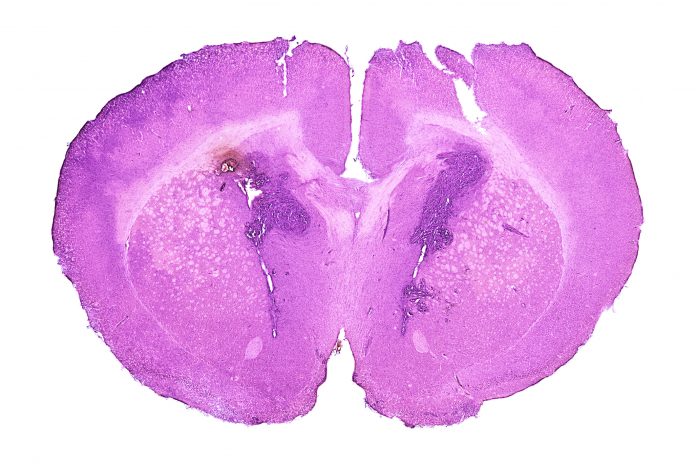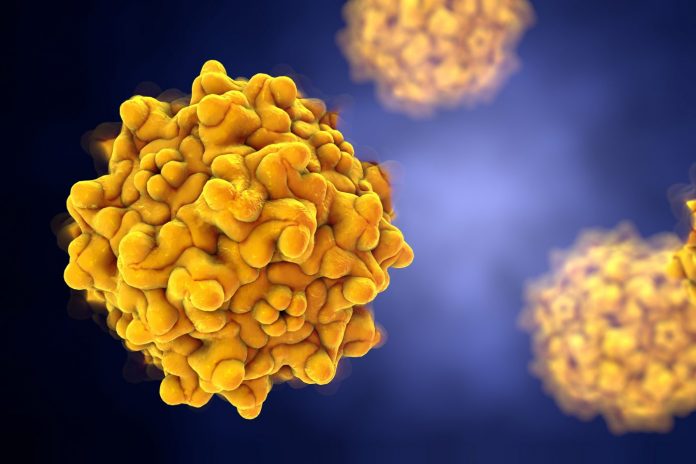The researchers tested whether these lesion-induced abnormalities translate to specific brain networks using a recently proven technique known as lesion network mapping.
Published Date – 01:01 PM, Sat – 10 June 23

Boston: Researchers have found brain network connections linked to anosognosia.
This study was published in the journal, ‘ Annals of Neurology.’ Anosognosia is a condition in which a patient is ignorant of a neurological or psychological deficiency. Visual anosognosia, also known as Anton syndrome, is characterized by full cortical blindness and the inability to detect vision loss.
The researchers looked at the connection patterns of 267 lesion areas linked to vision loss (with and without awareness) or weakness (with and without consciousness). The researchers tested whether these lesion-induced abnormalities translate to specific brain networks using a recently proven technique known as lesion network mapping.
They discovered unique network connections linked with visual and motor anosognosia, as well as a shared network for awareness of these deficiencies.
The shared network for awareness concentrated on the hippocampus and precuneus–brain areas linked with memory–while the visual anosognosia network was defined by connectivity to visual and metacognitive processing regions.
“Despite being described more than 100 years ago, visual anosognosia has had little formal analysis,” said corresponding author Isaiah Kletenik, MD, an investigator at Brigham’s Division of Cognitive and Behavioral Neurology and the Center for Brain Circuit Therapeutics.
He added, “Our results are the first to identify the role of the hippocampus in a systematic analysis of visual anosognosia. Memory-associated structures are necessary to recognize a deficit by comparing visual inputs to prior information stored in memory while updating self-knowledge about performance compared to previous abilities.”










